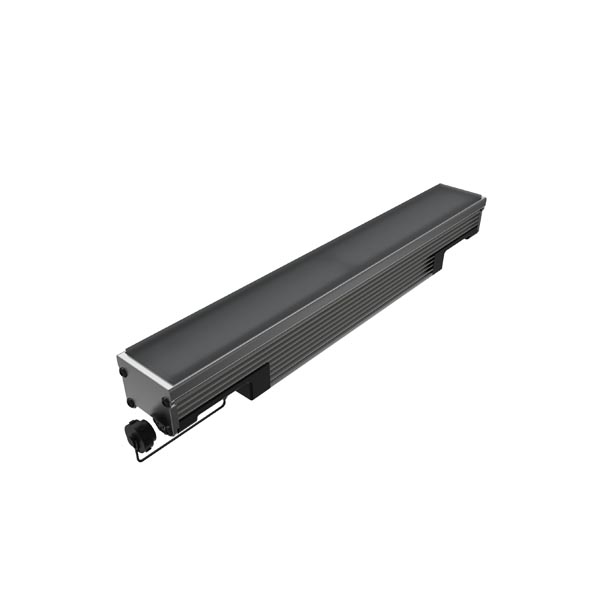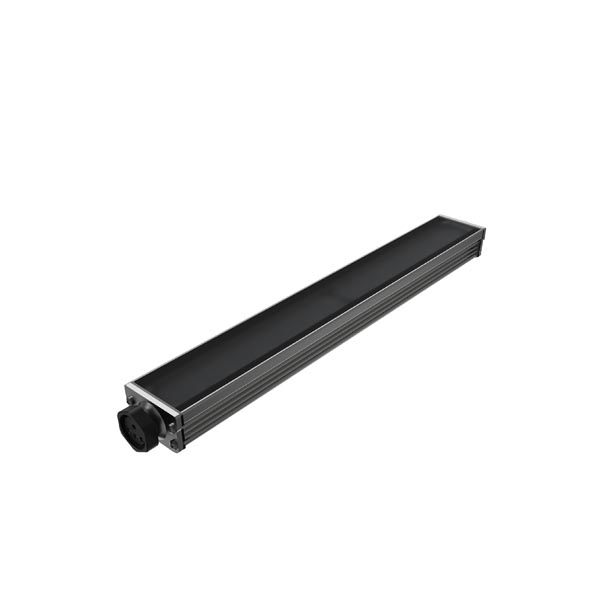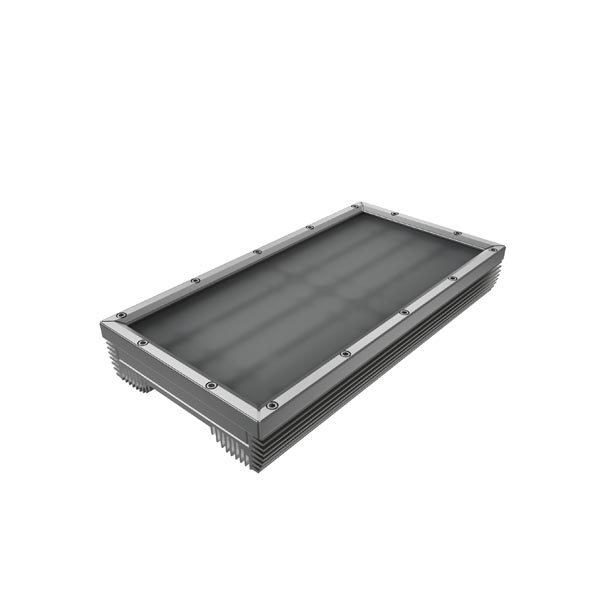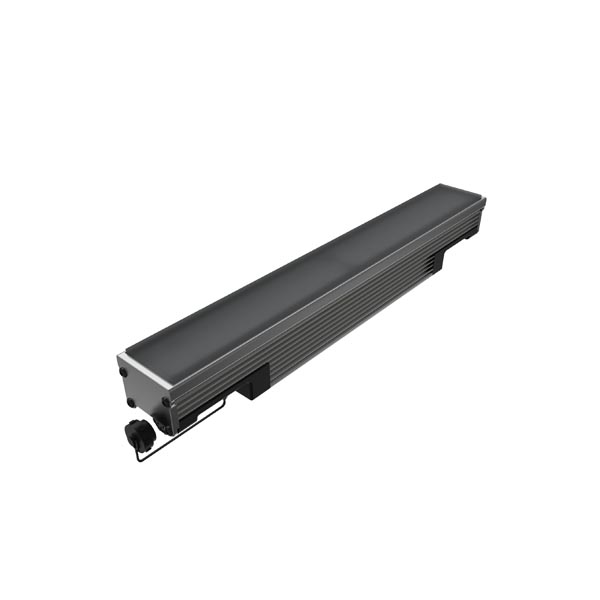Create Memorable Destinations With Facade Lighting
View All Facade LightingFacade lighting is the technique of illuminating the exterior surfaces of buildings to enhance their architectural features, aesthetics, and visual appeal, especially at night.
This type of lighting focuses on showcasing the design elements of a building’s façade, such as its materials, textures, and geometry. Facade lighting is used for public buildings, commercial properties, historic monuments, and residential homes to create an impactful and dramatic nighttime presence.
Facade Lighting Techniques
- Wall Washing: A technique where light is evenly distributed across the building’s surface, creating a smooth and uniform illumination (typically without emphasis on texture).
- Grazing: This technique emphasizes surface texture by placing lights close to the building’s surface, creating shadows and highlights that enhance material textures like stone or brick.
- Silhouette Lighting: This effect is achieved by placing lights behind architectural elements (e.g., columns or statues) to create striking shadows or outlines that stand out against the illuminated background.
- Spotlighting: Spotlights focus on specific architectural features, such as a statue, decorative element, or entrance.
- Backlighting: Lights are placed behind objects or surfaces to create a dramatic contrast and highlight the contours or shapes of the building’s design.
- Color Changing: Using programmable color-changing LEDs, this dynamic lighting allows the facade to change colors or patterns, often used for events or holidays.
Fixtures Used in Facade Lighting
Floodlights are typically wide-beam lights that cast large amounts of light across a building’s surface, making it highly visible. Wall-washing and wall-grazing are two applications that floodlights, like the family of HPNLS light fixtures, can create for facades. Other linear fixtures like the SBL-MIX are ideal for large-scale light washing of facades.
Grazing linear lights are installed close to the facade to emphasize texture and material by casting light across the surface at a shallow angle. A long exterior wall with outdoor linear lights, like the Tri-Light HV, at the base would create a memorable landmark for passing vehicles and pedestrians.




